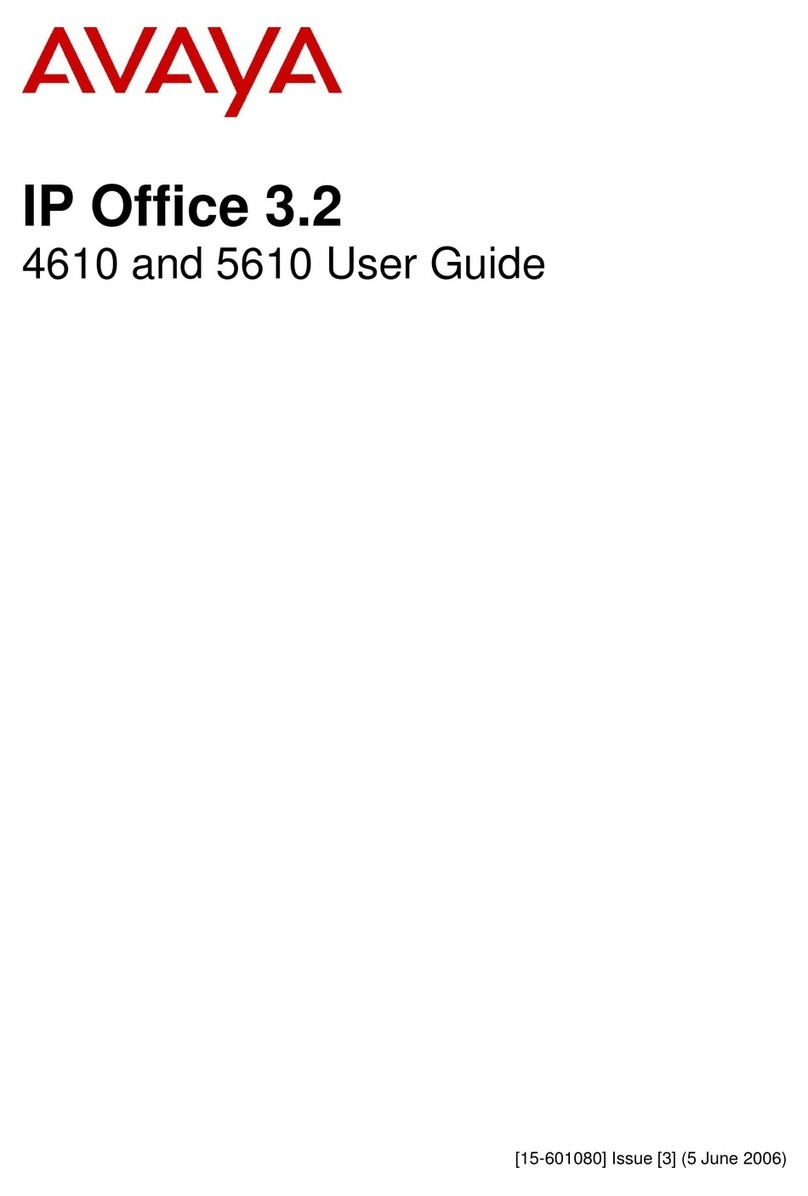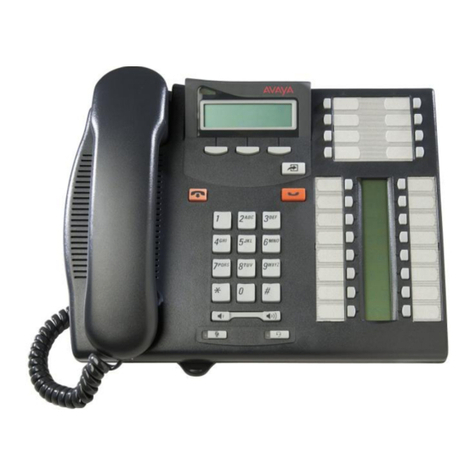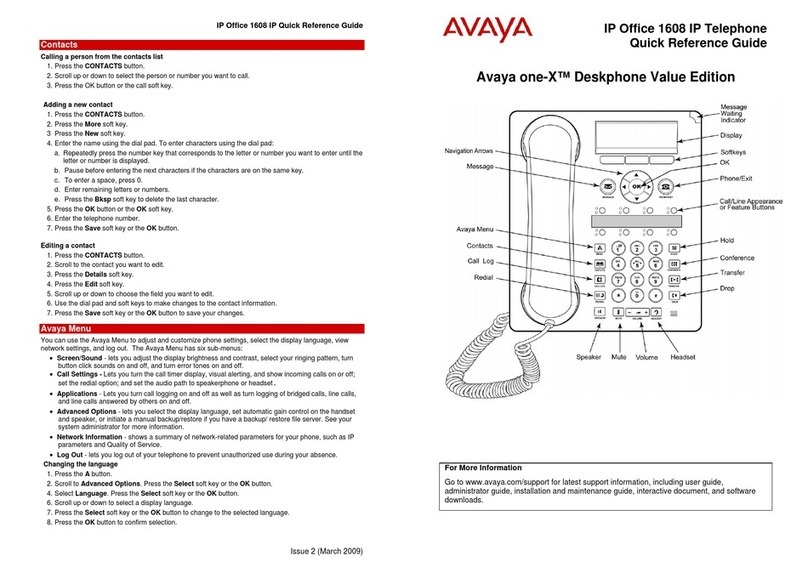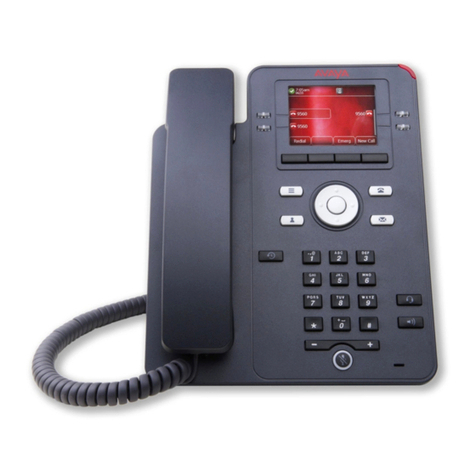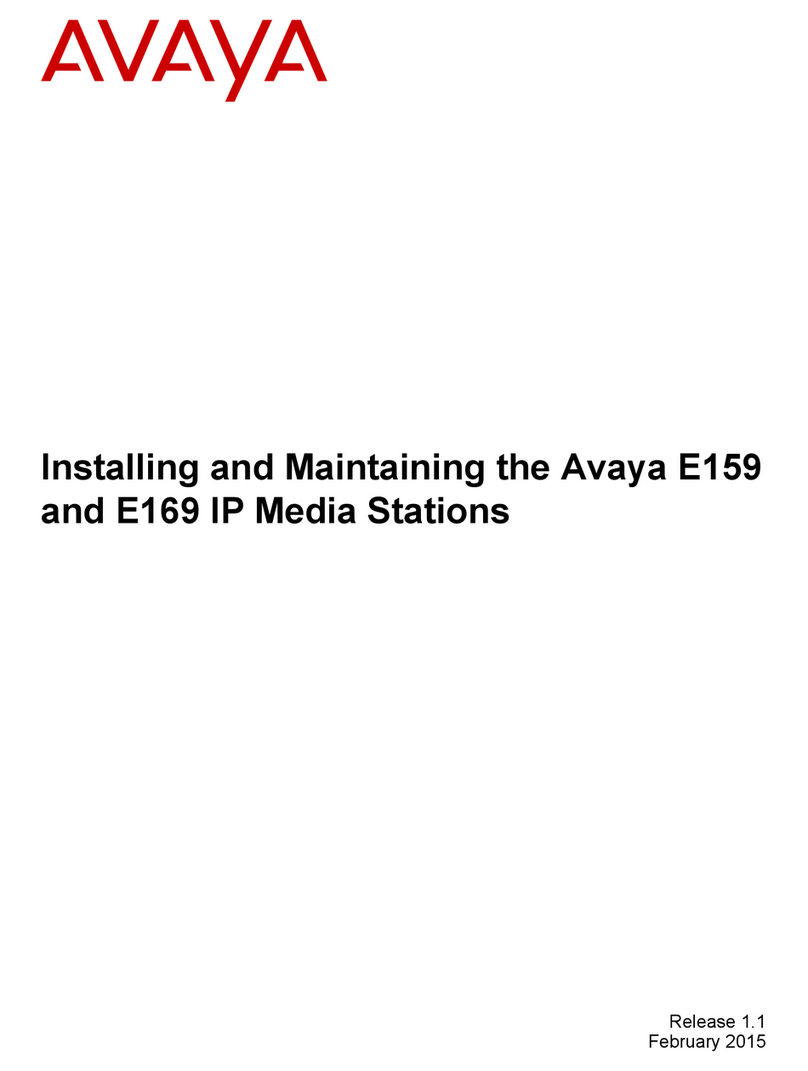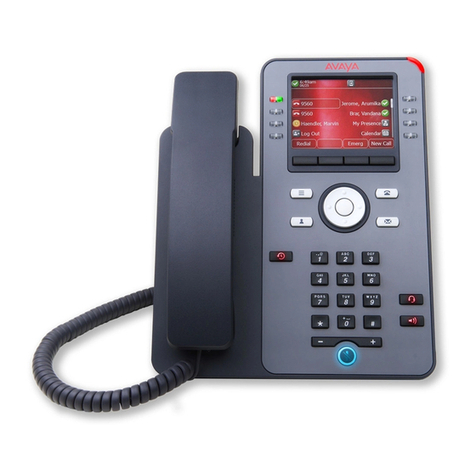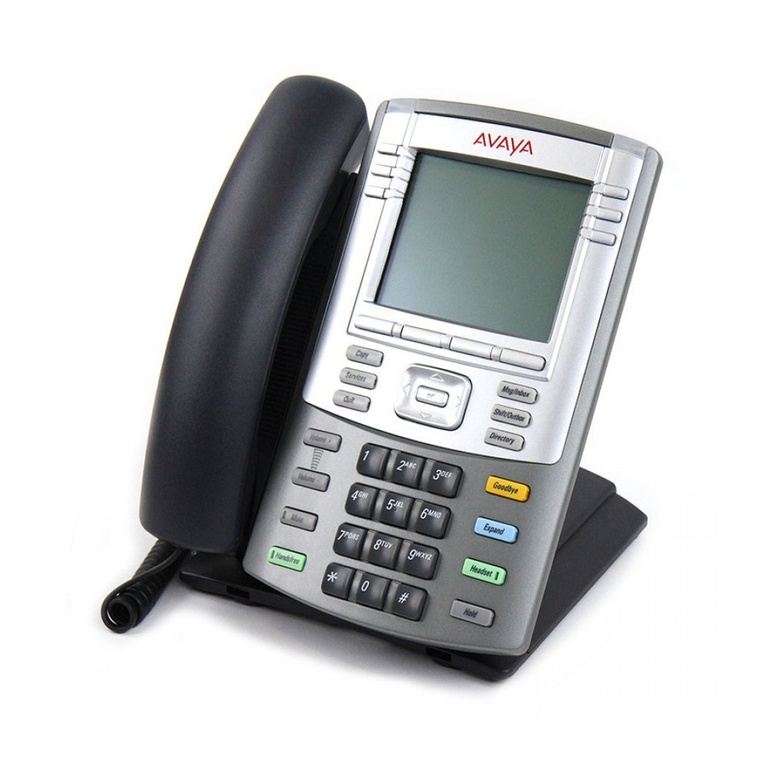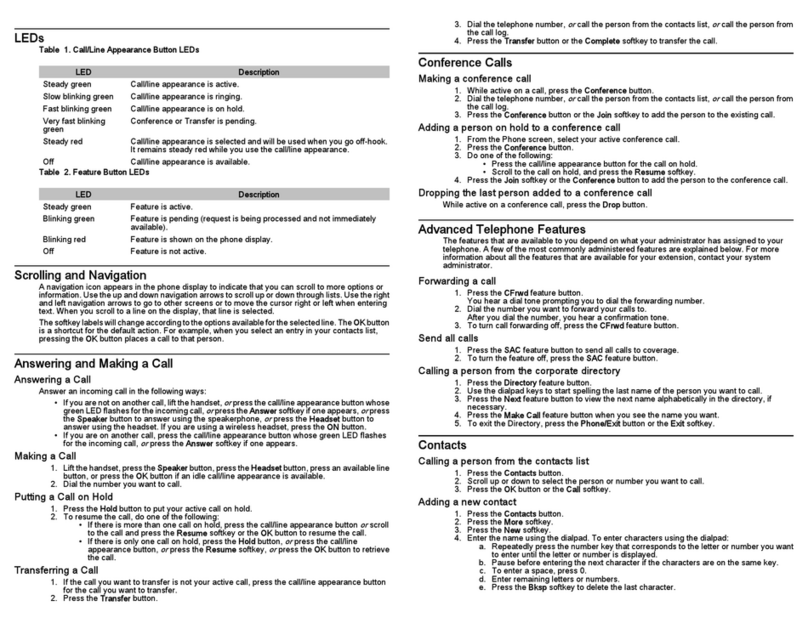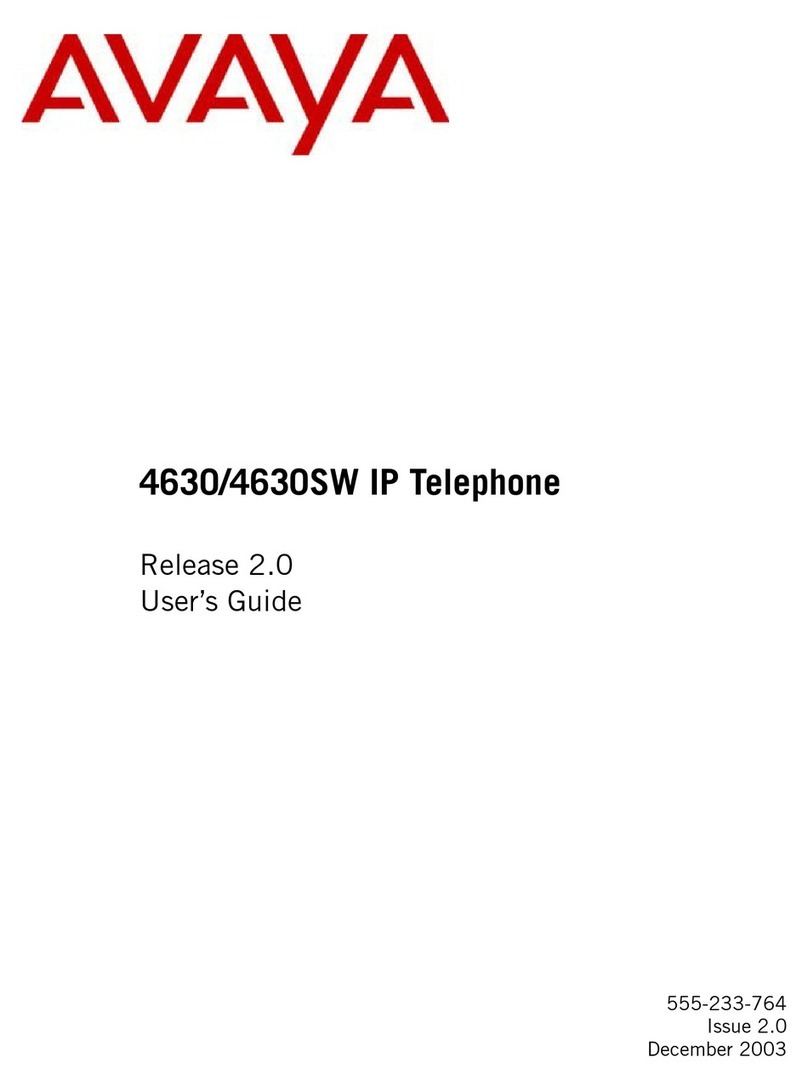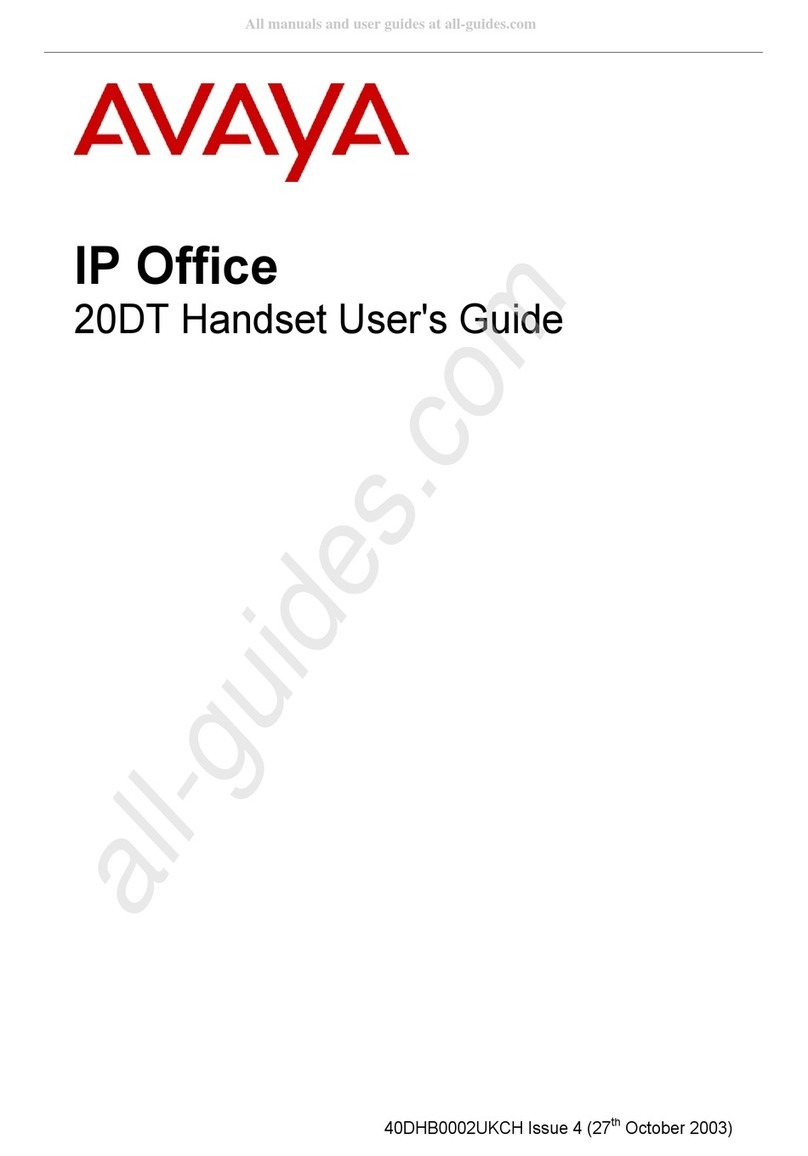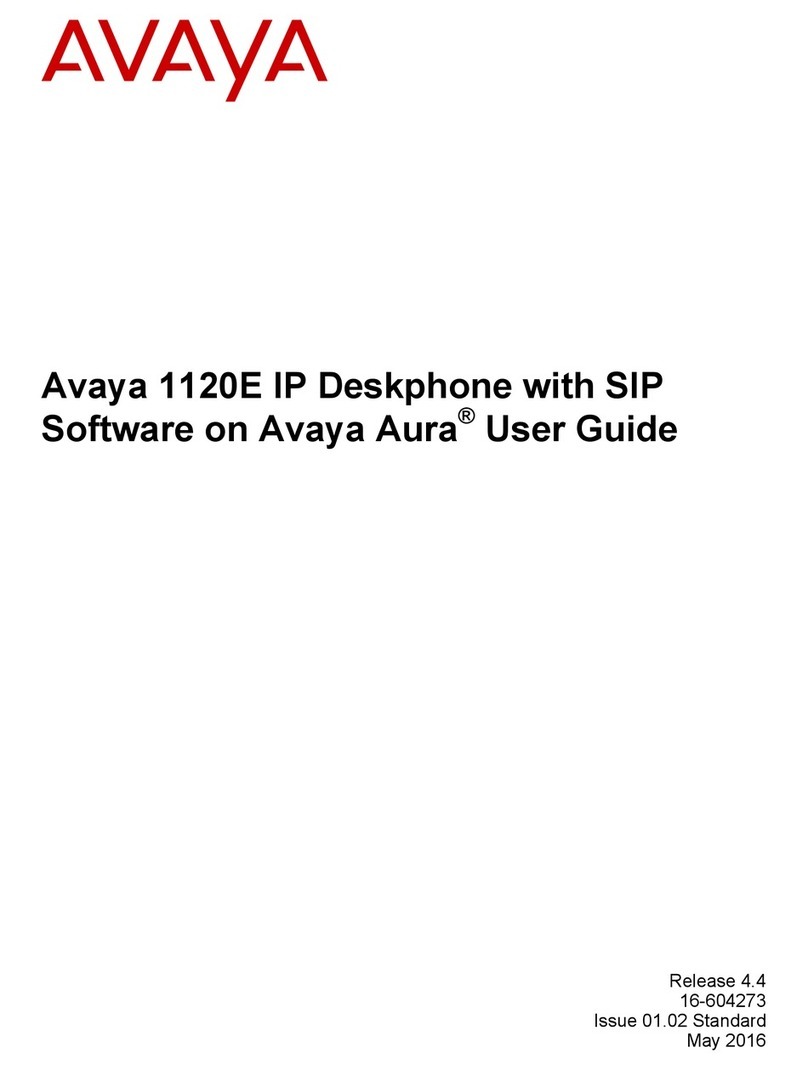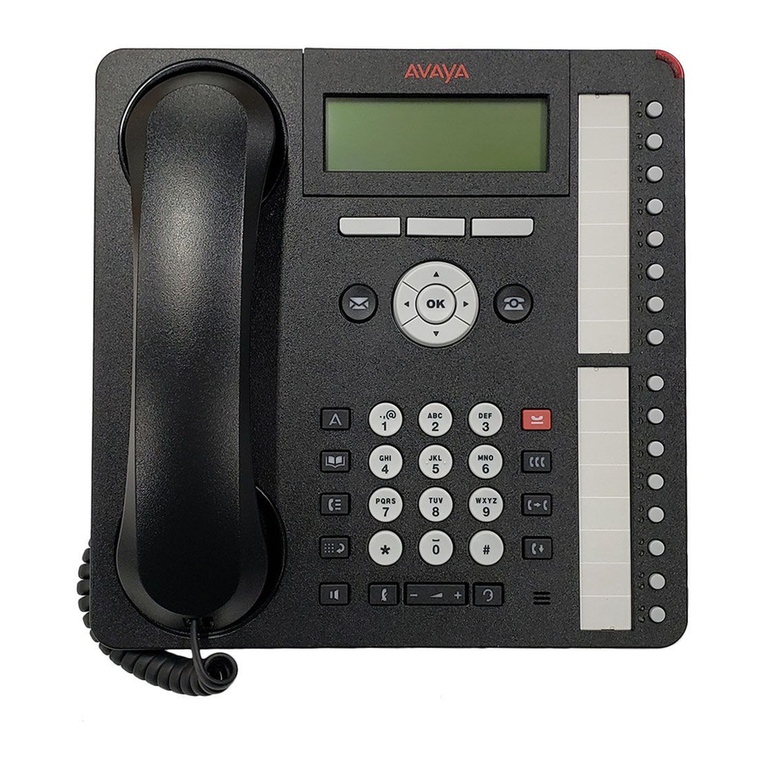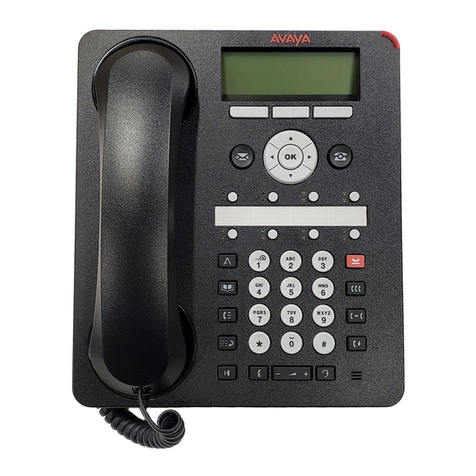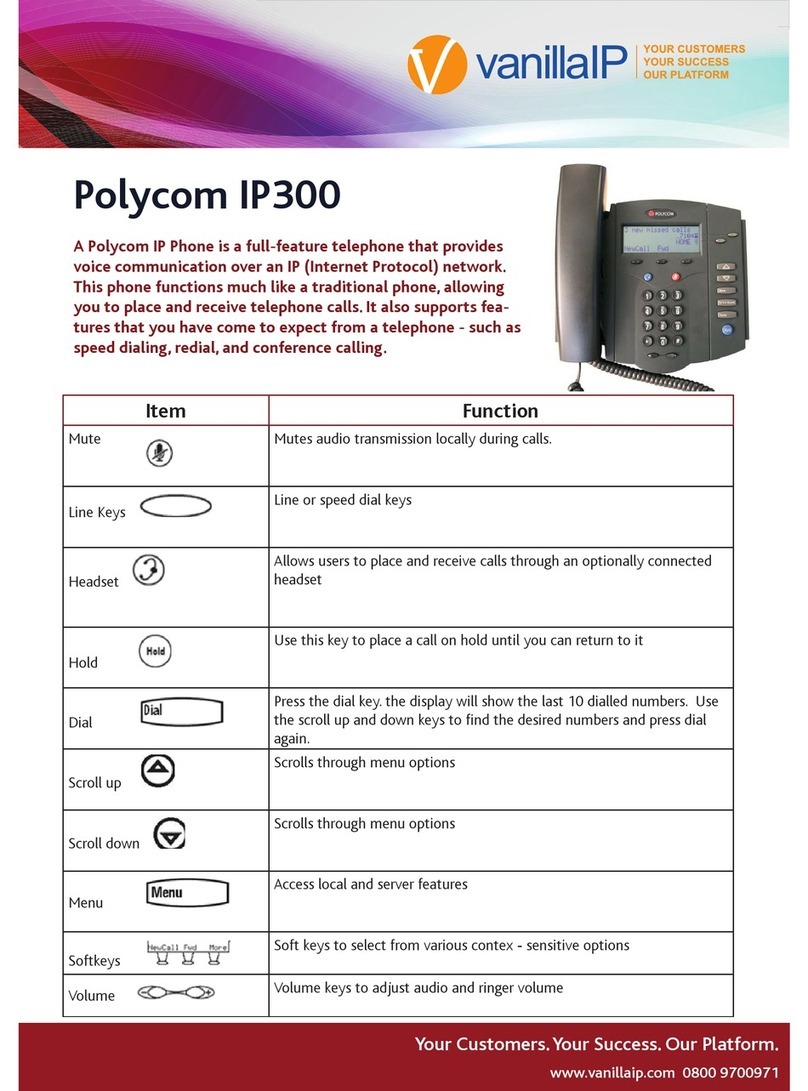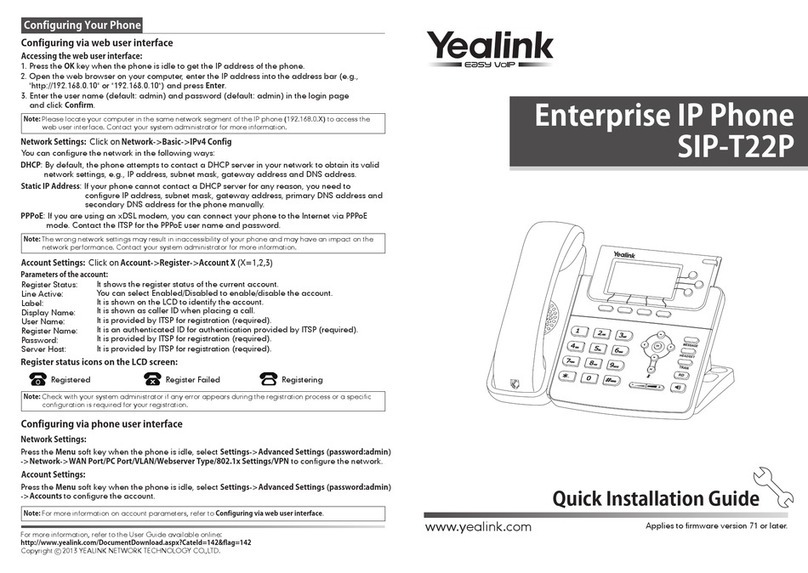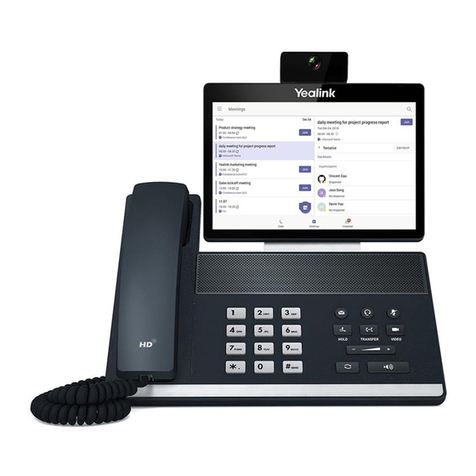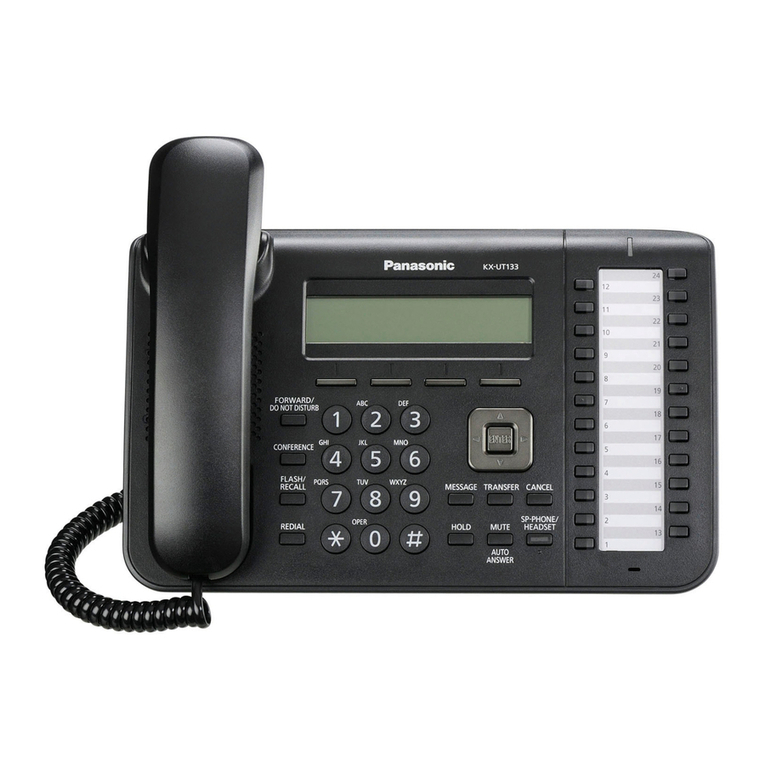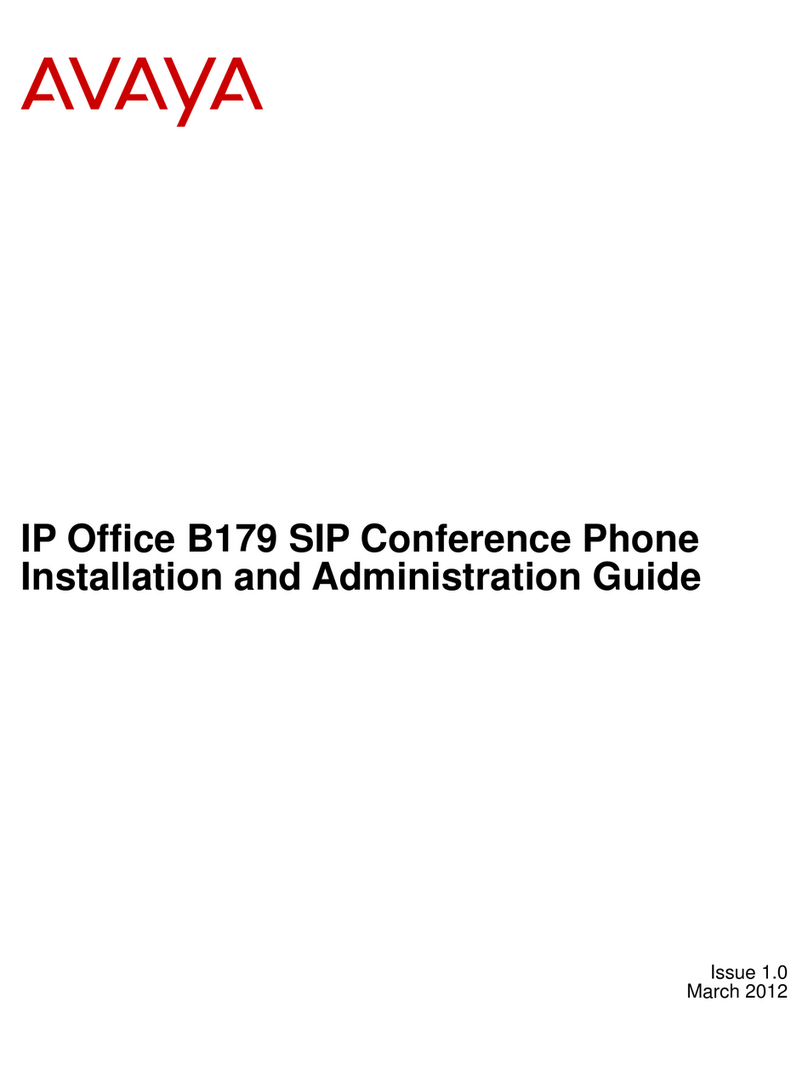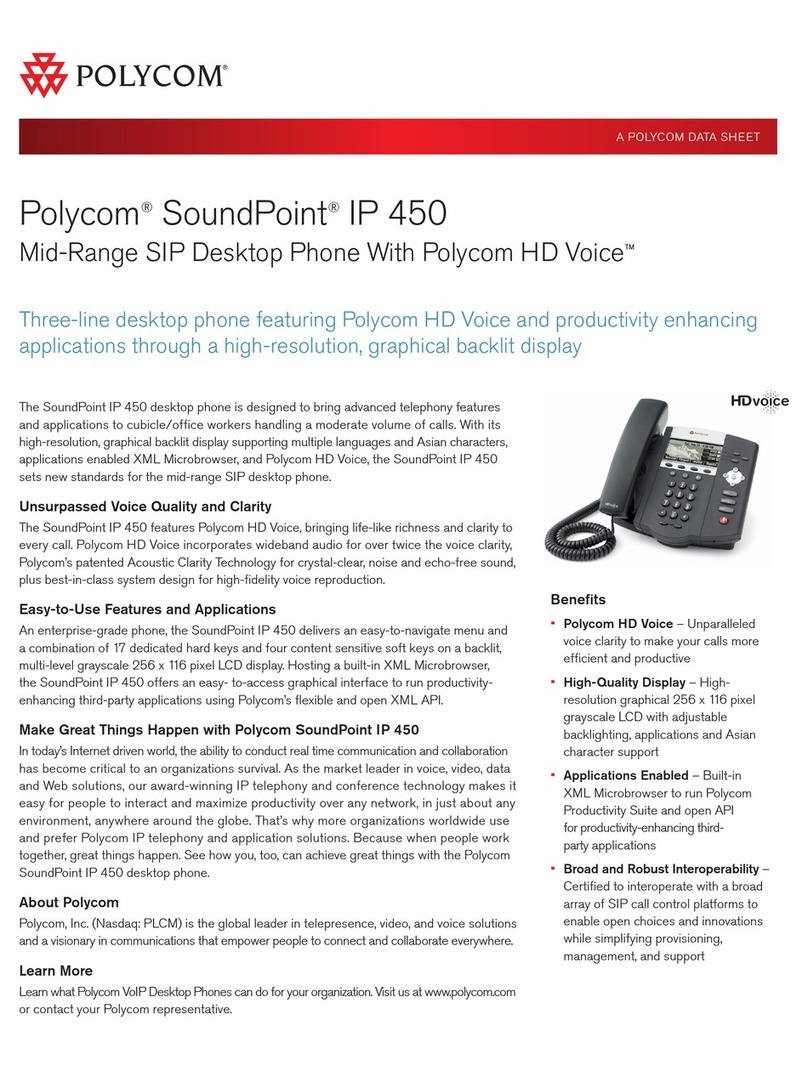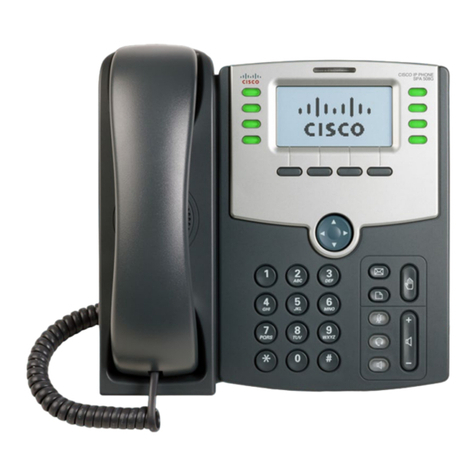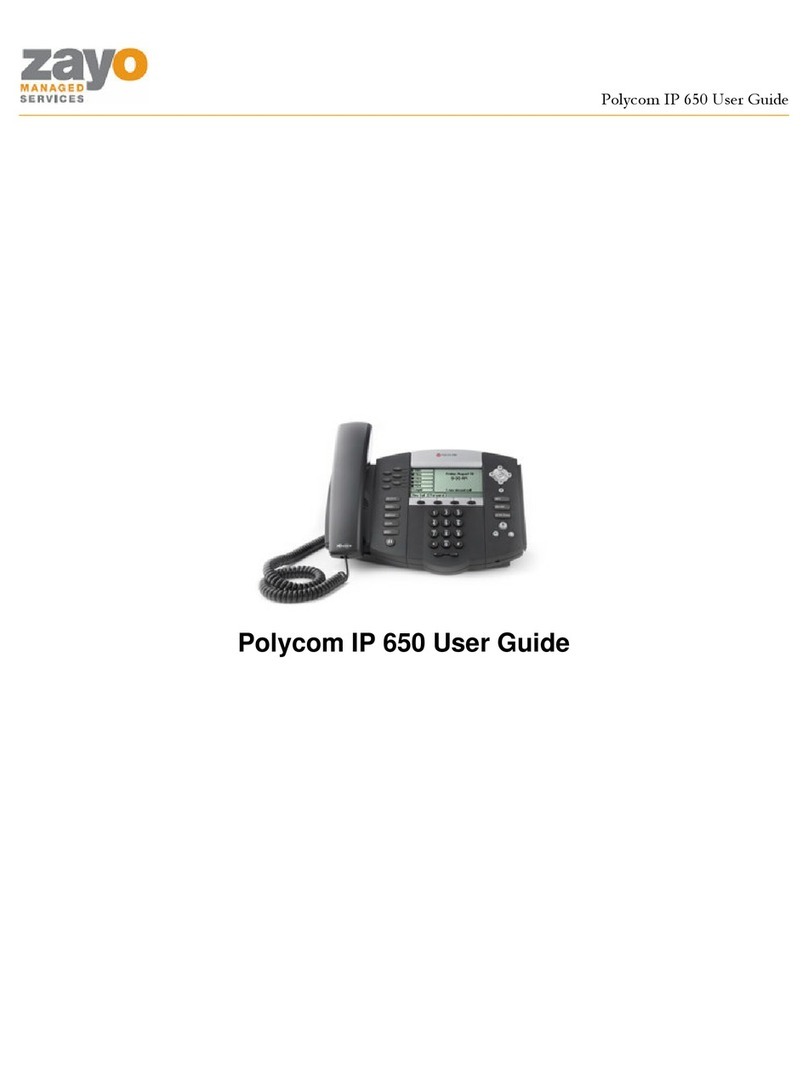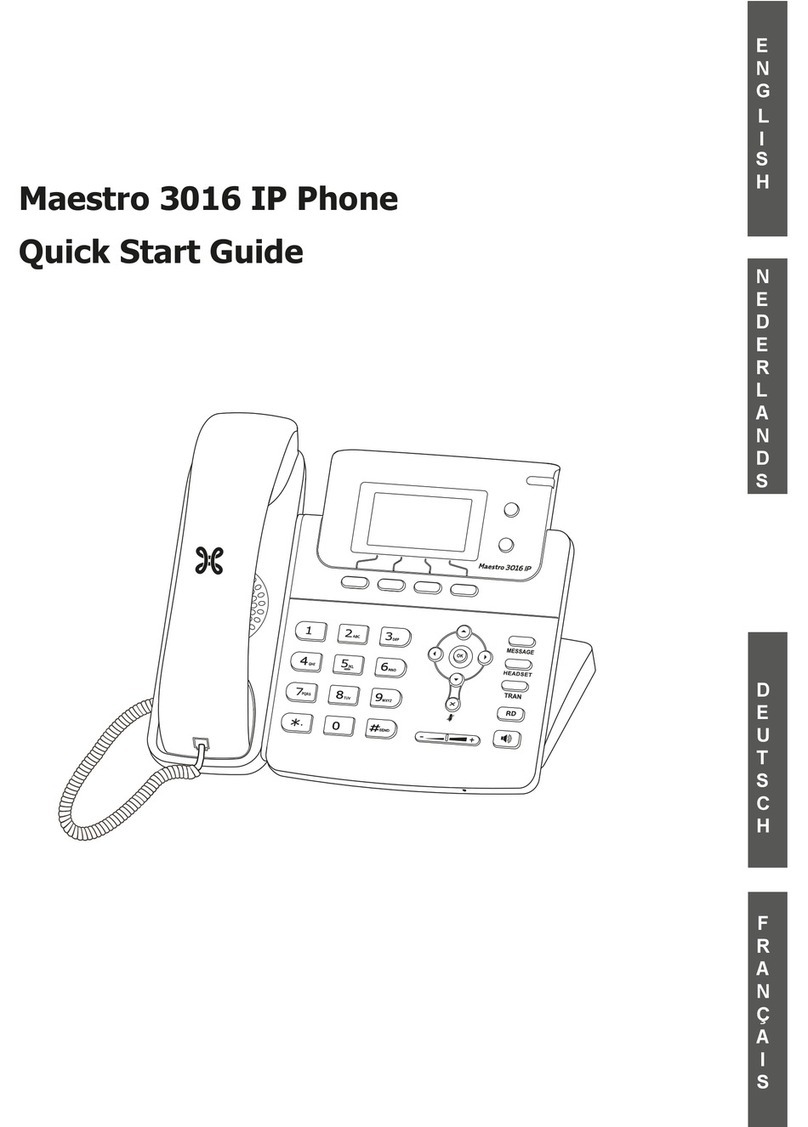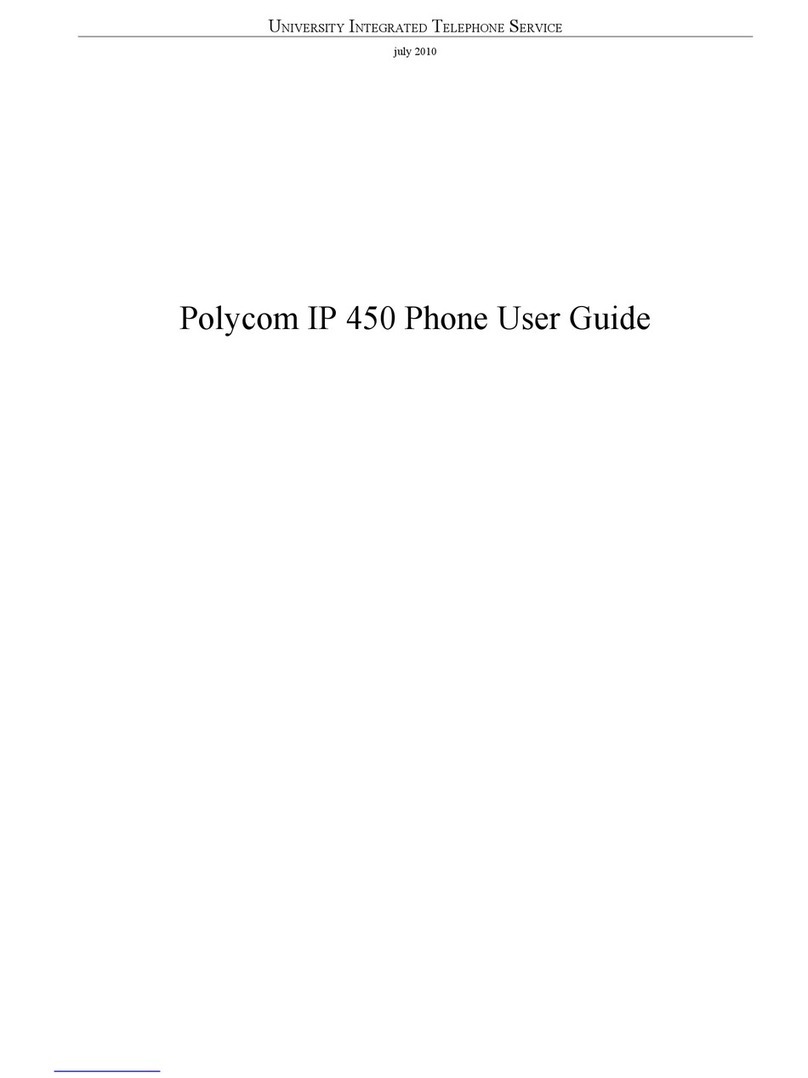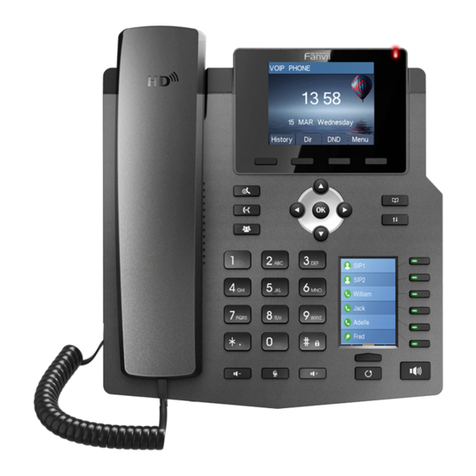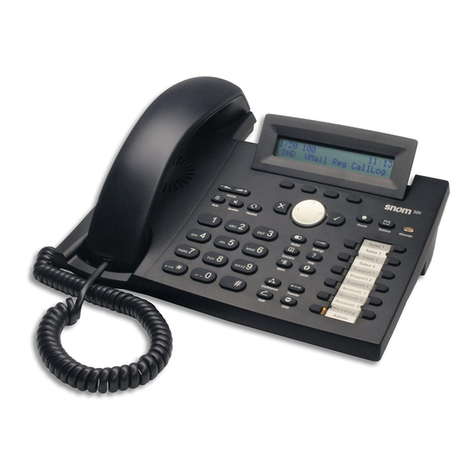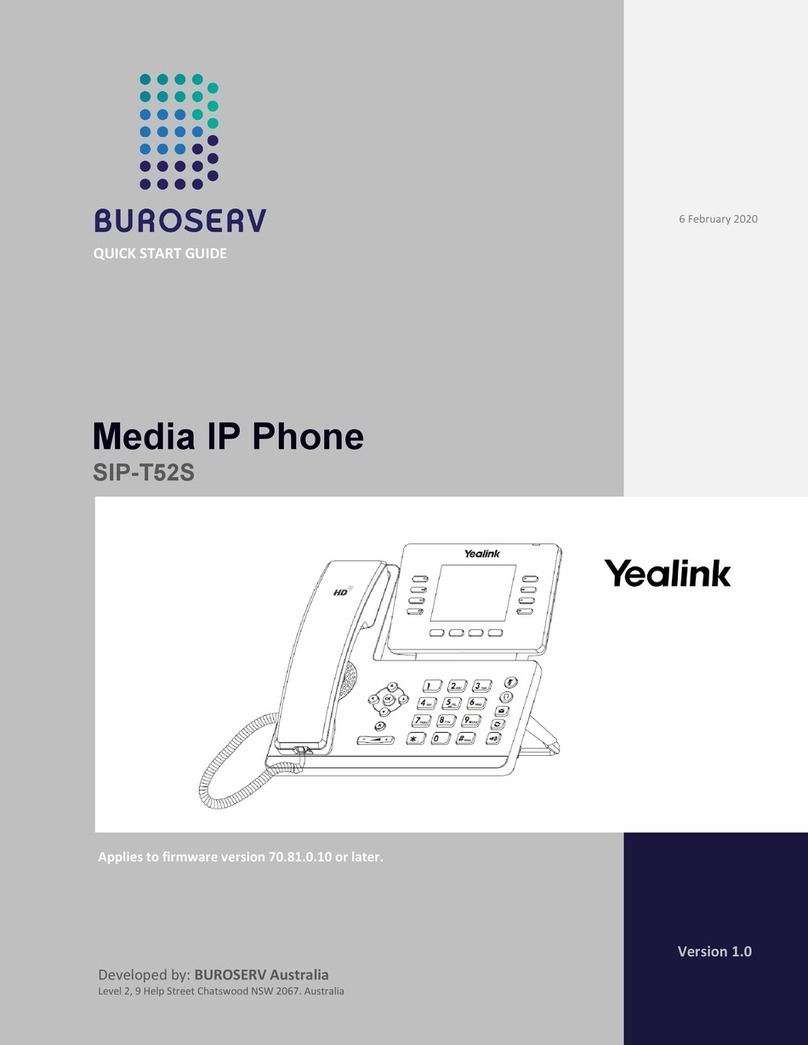
Phone Based Administration Page 5
- Issue 6a (Thursday, February 22, 2018)IP Office Basic Edition
Contents
Contents
Overview1.
..................................................................... 101.1 Programming Functions
..................................................................... 121.2 Programmable Buttons
..................................................................... 131.3 DS Phones
............................................................................ 141.3.1 1403
............................................................................ 151.3.2 1408
............................................................................ 161.3.3 1416
............................................................................ 171.3.4 9504
............................................................................ 181.3.5 9508
............................................................................ 191.3.6 Administration Menus
..................................................................... 221.4 ETR Phones
............................................................................ 231.4.1 ETR 34D/ETR 34
............................................................................ 251.4.2 ETR 18D/ETR 18
............................................................................ 271.4.3 ETR 6D/ETR 6
..................................................................... 281.5 BST Phones
............................................................................ 291.5.1 M7100
............................................................................ 301.5.2 M7100N
............................................................................ 311.5.3 M7208
............................................................................ 321.5.4 M7208N
............................................................................ 331.5.5 M7310
............................................................................ 351.5.6 M7310N
............................................................................ 371.5.7 M7324
............................................................................ 391.5.8 M7324N
............................................................................ 411.5.9 KLM Module
............................................................................ 421.5.10 T7000
............................................................................ 431.5.11 T7100
............................................................................ 441.5.12 T7208
............................................................................ 451.5.13 T7316
............................................................................ 471.5.14 T7316E
............................................................................ 491.5.15 T7316E KEM Module
............................................................................ 501.5.16 T7406/T7406E
..................................................................... 511.6 Dialing Codes
..................................................................... 521.7 Feature Codes
Telephony Features2.
..................................................................... 562.1 Key System or PBX System
............................................................................ 572.1.1 Outgoing Call Routing
............................................................................ 582.1.2 Incoming Call Routing
..................................................................... 592.2 Dial Plan
..................................................................... 612.3 Voicemail Operation
..................................................................... 622.4 Night Service
..................................................................... 632.5 Phantom Extensions
..................................................................... 642.6 One Touch Transfer
..................................................................... 642.7 Modem Access Support
System Changes3.
..................................................................... 673.1 System Mode
..................................................................... 683.2 System Numbering
..................................................................... 693.3 System Locale
..................................................................... 713.4 System Language
Line Settings4.
..................................................................... 754.1 Number of Lines
..................................................................... 774.2 Line Assignment
..................................................................... 794.3 Line Coverage Extension
..................................................................... 804.4 Assign Line to Auto Attendant
..................................................................... 824.5 Group Call Distribution
..................................................................... 844.6 CO Disconnect Time
..................................................................... 864.7 Automatic Line Selection
..................................................................... 884.8 Recall Timer Duration
..................................................................... 894.9 Unsupervised Disconnect
Date and Time5.
..................................................................... 935.1 Changing the Date
..................................................................... 945.2 Changing the Time
..................................................................... 955.3 Network Time Synchronization
..................................................................... 965.4 Automatic Daylight Savings Time
Dialing Restrictions and Permissions6.
..................................................................... 996.1 Allowed Number List
..................................................................... 1016.2 Allowed List Assignment
..................................................................... 1036.3 Disallowed Number Lists
..................................................................... 1066.4 Disallowed List Assignment
..................................................................... 1086.5 Emergency Phone Number List
..................................................................... 1106.6 Outgoing Call Restriction
..................................................................... 1126.7 Allow Remote Call Forwarding
..................................................................... 1146.8 System Password
..................................................................... 1156.9 Toll Call Prefix
PBX Mode Call Routing7.
..................................................................... 1197.1 ARS Selectors
..................................................................... 1207.2 Call Classes
..................................................................... 1217.3 External Dialing Prefix
Auxiliary Equipment8.
..................................................................... 1248.1 Doorphone Programming
............................................................................ 1258.1.1 Doorphone Extensions
............................................................................ 1278.1.2 Doorphone Alert Extension
..................................................................... 1298.2 Contact Closures
............................................................................ 1308.2.1 Contact Closure Group
............................................................................ 1328.2.2 Contact Closure Operation Type
..................................................................... 1348.3 Loudspeaker Extension
..................................................................... 1358.4 Fax Machine Extension
Speed Dials9.
..................................................................... 1399.1 System Speed Dials
..................................................................... 1419.2 Personal Speed Dials
Extension Settings10.
..................................................................... 14710.1 Caller ID Log All Calls
..................................................................... 14810.2 Extension Name
..................................................................... 15010.3 Display Language
..................................................................... 15210.4 Call Waiting
..................................................................... 15410.5 Intercom Dial Tone
..................................................................... 15510.6 External Hotline
..................................................................... 15710.7 Internal Hotline
..................................................................... 15910.8 Outside Conference Denial
..................................................................... 16010.9 Automatic Privacy
..................................................................... 16210.10 Do Not Disturb Exceptions
Account Codes11.
..................................................................... 16711.1 Forced Account Code List
..................................................................... 16911.2 Forced Account Code Extensions
Voicemail12.
..................................................................... 17312.1 VMS Cover On/Off


